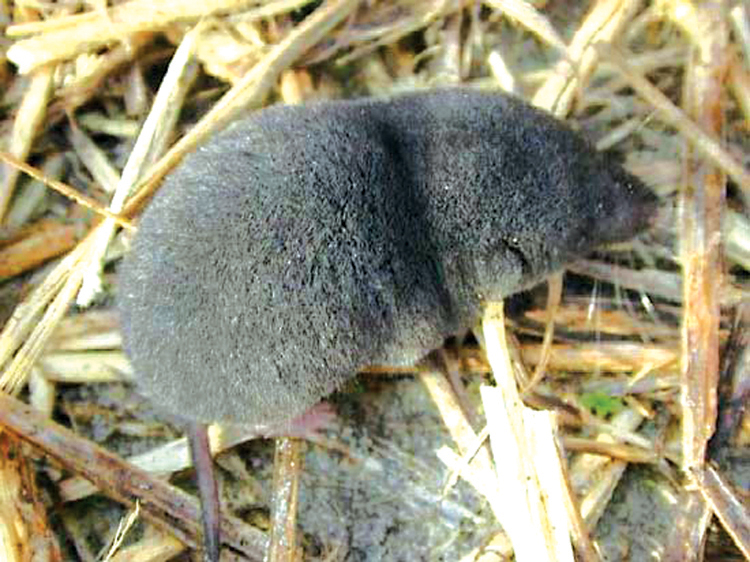East Tennessee Outdoors: Tiny Creatures
Published 11:43 pm Friday, February 21, 2020




BY DANNY BLEVINS
STAR CORRESPONDENT
We have all heard them. They are the ones making the rustle of leaves that makes our heart beat a little faster. We hear the sound and imagine a big buck with antlers the size of a rocking chair piercing the forest calm.
When it gets closer and louder, we finally see it. It’s a tiny forest animal, no bigger than your hand, scampering from one pile of leaves to another.
Most of us love the forest animals that we see every day. Deer, turkey, bear and a wide variety of other mammals and birds get our attention, and we love to watch them.
But there is an entire world of tiny creatures under the leaves, in the old logs and in a thousand other places on the forest floor that we hardly ever notice.
Some of them are chipmunks and other species of squirrels. These are the most annoying of any of these creatures.
Once a chipmunk (or ground squirrel as many people call them) has figured out that you are there, he is going to tell the entire forest about you in that annoying high-pitched sound only a ground squirrel can make.
I am sorry but I hate those little forest versions of Satan and I can only imagine how many deer they have cost me.
Their alarm tells the entire forest that something is wrong, and once they start, all you can do as a hunter is get up and spook them and hope the woods calm down before the next big buck comes trotting down your favorite trail.
Another tiny creature under the foliage is the vole. What is a vole? Imagine a mole on steroids.
Tennessee has one species of voles, and it is the Meadow Vole. The Meadow Vole is found in most of East Tennessee, and it is usually around four to seven inches long.
It is a small and stocky rodent with short legs, large head, and small eyes and ears. The furred tail is slightly more than twice the length of their hind feet.
Voles prefer moist low areas of fields, orchards, and roadsides. One interesting thing about them is they use a system of runways on top of the ground.
Imagine a tiny trail winding through the undergrowth to their den. Also, their nests are made of dry grass above or below the ground.
These things do not bother hunters and are rarely seen, but they are delicious to your average fox or other predators.
Another tiny forest creature is the shrew. Tennessee has one variety of shrew, the Northern Short-tailed Shrew. This little creature has a pointed snout, tiny eyes, short legs, and a cylindrical body. They are gray in color and many people mistake them for a mole.
I caught one of these little animals in a mousetrap in my basement a few days ago, and I had a hard time telling it apart from a mole.
Just remember that a mole has white-colored feet with sharp little claws that they use for digging. A shrew’s feet are dark-colored.
These little creatures can grow up to five inches long, and to me, they resemble a little ball of fur.
The Southern Bog Lemming is another tiny creature that inhabits our woodlands. They are legendary for their population fluctuations, and if you have a high population of predators, such as bobcat and fox, usually you have a high population of lemmings.
In short, predators love them. They have a small, thick body and a large head, short snout, short legs, and brown coarse fur.
Most lemmings can grow to up to six inches, and you will usually find them in grassy fields, meadows, swamps, and damp woods. They like to make underground tunnels for nesting, feeding, resting and food storage.
One interesting fact about the lemming is its fecal matter is green because they eat so much green foliage. Also, they can live in colonies of 25-30 different animals.
All forest creatures make the wilderness experience a unique experience, and that includes the tiny animals.
Look for these the next time you are hiking and if you see a chipmunk, tell him I will see him in the fall.









